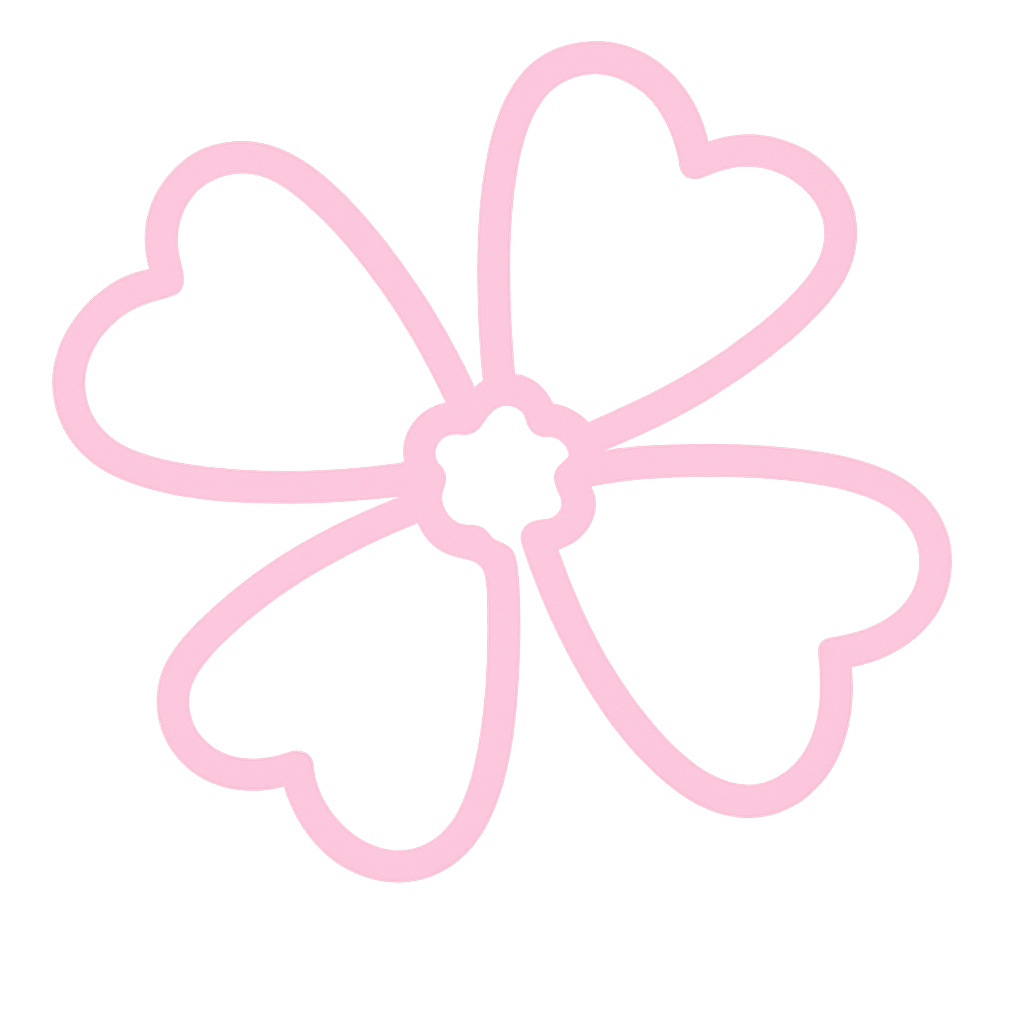Picture this: you're scrolling through your feed and suddenly stop at a vintage cameo brooch that somehow looks... *sexy*? 🔥 Here's the thing - accessories have been turning heads and sparking desire for literally thousands of years, and tbh, we're just now catching up to what our ancestors knew all along.
Let's be real about something most people don't realize: every single accessory trend you're obsessing over right now has roots that go way deeper than TikTok. That coquette bow in your hair? Ancient Greek women were using ribbons to signal their romantic availability. Those layered necklaces you can't stop buying? Victorian ladies were practically writing love letters with their jewelry choices.
I used to think fashion history was boring until I discovered how *intensely* sexual and political accessories have always been. We're talking about tiny objects that could literally change someone's social status, announce their sexual preferences, or even get them arrested. Wild, right?
The Secret Language of Historical Accessories
Ever wondered why certain accessories make you feel so powerful? There's actual science behind it, and it goes back centuries. Dr. Sarah Martinez, a cultural anthropologist at Columbia University, explains: "Accessories have always served as non-verbal communication tools, particularly for expressing sexuality and social status when direct communication was restricted or dangerous."
Think about it - when women couldn't vote, own property, or even speak freely about their desires, they got creative. A fan held a certain way meant "I'm interested." A specific brooch placement said "I'm available." A particular ribbon color announced "I'm spoken for." These weren't just fashion choices; they were survival strategies.
The cameo brooch, for instance, wasn't just pretty jewelry. In the 18th and 19th centuries, the subject matter carved into these pieces told stories. A profile of Venus? That woman was feeling her sensual side. A scene from mythology? She was educated and probably a little rebellious. The placement mattered too - worn at the throat meant something completely different than pinned to a bodice.
Why Your Brain Loves Vintage-Inspired Pieces
Here's something fascinating I learned: our brains are literally wired to respond to accessories that have historical significance. Research from the Journal of Consumer Psychology found that people experience a 23% increase in confidence when wearing items they perceive as having "heritage value." It's like we're tapping into centuries of collective memory about what makes us feel attractive and powerful.
But here's where it gets really interesting - and slightly rebellious. Many historical accessories were actually designed to be *removed*. Those elaborate Victorian hairpins? They were meant to come undone during intimate moments. The intricate clasps on brooches? Designed for easy removal by a lover's hands. Even corset accessories had hidden mechanisms that made undressing part of the seduction.
The Coquette Renaissance: Old Trends, New Power
Okay, can we talk about how the coquette aesthetic has completely taken over? Those bows, pearls, and delicate chains aren't just cute - they're carrying forward a tradition of feminine power that's way more complex than people realize.
The original coquettes of 18th century France weren't just flirting for fun. They were using accessories as tools of influence in a world where women had very little official power. A strategically placed beauty patch, a fan with specific movements, ribbons in particular colors - these were all part of an elaborate system of communication that let women control their romantic and social lives.
What I find absolutely fascinating is how modern coquette styling has reclaimed this power while ditching the restrictions. You can wear those bows and pearls while running your own business, choosing your own partners, and living life entirely on your terms. It's like taking the best parts of historical femininity and leaving behind all the oppressive stuff.
The Psychology Behind Bow Obsession
Ngl, I was skeptical about the bow trend until I started researching why they make people feel so good. Turns out, there's actual psychology behind it. Bows create what researchers call "approach signals" - they make the wearer appear more approachable and playful while simultaneously suggesting something that can be "unwrapped."
It's genius, really. You get to feel cute and powerful at the same time, which is exactly what historical coquettes were going for. They understood that looking innocent and being strategic weren't mutually exclusive - if anything, the combination made them more effective.
Cameos: The Original Statement Piece
Let's talk about cameos for a second because they're having a major moment, and people don't realize how subversive they actually were. These weren't just pretty faces carved in stone - they were political statements, religious declarations, and personal manifestos all rolled into one tiny piece of jewelry.
During the Victorian era, the subject of your cameo told everyone exactly who you were and what you believed in. A cameo featuring a Black figure was a quiet but powerful statement against slavery. One showing a goddess meant you were educated and possibly had some unconventional ideas about women's roles. The materials mattered too - shell cameos were for everyday wear, but hardstone cameos were serious business.
What's really cool is how modern cameo wearers are bringing back this tradition of personal storytelling. I've seen people wearing cameos of their favorite artists, historical figures who inspire them, or even custom pieces featuring their own profiles. It's like wearing your values on your chest, literally.
The Sensual Side of Cameo History
Here's something they definitely didn't teach us in art history class: many historical cameos were actually quite erotic. The Victorians, despite their reputation for prudishness, created cameos featuring barely clothed figures, passionate embraces, and mythological scenes that were basically ancient erotica.
These pieces allowed people to wear and display sensual imagery in a socially acceptable way. It was like having a secret that only you and anyone who looked closely enough would understand. Pretty brilliant, if you ask me.
Modern Accessories: Carrying the Torch
So where does this leave us today? Honestly, in a pretty amazing place. We get to cherry-pick the best elements from centuries of accessory history while creating our own meanings and traditions.
Take layered necklaces, for example. Historically, the number and type of chains someone wore indicated their wealth, marital status, and social connections. Today, you might layer a vintage locket from your grandmother with a modern charm that represents your career goals and a delicate chain that just makes you feel sexy. You're creating your own visual story that honors the past while being completely authentic to who you are now.
The same goes for hair accessories. Those coquette bows and vintage-inspired clips aren't just following a trend - they're continuing a tradition of using small details to express big parts of your personality. The difference is that now you get to decide what those details mean, without worrying about social rules or other people's expectations.
Creating Your Own Accessory Language
One thing I've learned from studying accessory history is that the most powerful pieces are the ones that mean something to *you*. Maybe that vintage brooch makes you feel connected to your great-aunt who was a total badass. Maybe those pearl earrings remind you of your own strength and elegance. Maybe that delicate chain bracelet represents a promise you made to yourself.
The beauty of understanding accessory history is that you can create your own traditions while honoring the ones that came before. You're part of a long line of people who understood that sometimes the smallest details make the biggest statements.
Frequently Asked Questions
Why do vintage-inspired accessories feel so empowering?
Vintage accessories tap into centuries of psychological associations with power, beauty, and self-expression. When you wear something with historical significance, you're connecting with generations of people who used similar pieces to communicate their identity and desires. Plus, there's actual research showing that wearing items perceived as having "heritage value" increases confidence levels.
How can I incorporate historical accessory trends without looking costume-y?
The key is mixing historical elements with modern pieces and making them work for your lifestyle. Try pairing a vintage cameo brooch with a contemporary blazer, or adding coquette bows to sleek, modern hairstyles. The goal is to let historical inspiration enhance your personal style, not overwhelm it.
What's the difference between appropriation and appreciation when it comes to historical accessories?
Great question. Appreciation involves understanding the cultural context and significance of historical pieces while respecting their origins. Research the history behind trends you're drawn to, and be mindful of pieces that have specific cultural or religious significance. When in doubt, focus on trends that have evolved across multiple cultures rather than those specific to communities you're not part of.
Are there any historical accessory trends that were specifically about sexual expression?
Absolutely. Throughout history, accessories have been used to signal availability, preferences, and desires. Victorian "language of flowers" jewelry, Renaissance love tokens, and even the way certain cultures wore specific colors or materials all had romantic and sexual connotations. Understanding these historical connections can add depth to how you choose and wear accessories today.
How do I know if a vintage accessory trend will work for my lifestyle?
Consider both the practical and emotional aspects. Does the piece fit into your daily routine? Does it make you feel confident and authentic? Historical trends work best when they enhance rather than complicate your life. Start with small pieces that feel natural to you, then experiment from there.
Bottom Line
Here's what I want you to take away from all this: every time you choose an accessory, you're participating in a tradition that goes back thousands of years. Those aren't just pretty things you put on - they're tools of self-expression, confidence builders, and connections to a long history of people who understood that details matter.
Whether you're drawn to the romantic rebellion of coquette bows, the storytelling power of cameo brooches, or any other historically-inspired trend, you're tapping into something much bigger than fashion. You're claiming your right to communicate who you are through the small choices that make you feel most like yourself.
And btw, that's exactly what the most stylish people throughout history have always done - they took what worked from the past, made it their own, and created something entirely new in the process. You're not just following trends; you're continuing a tradition of using accessories to write your own story. ✨




